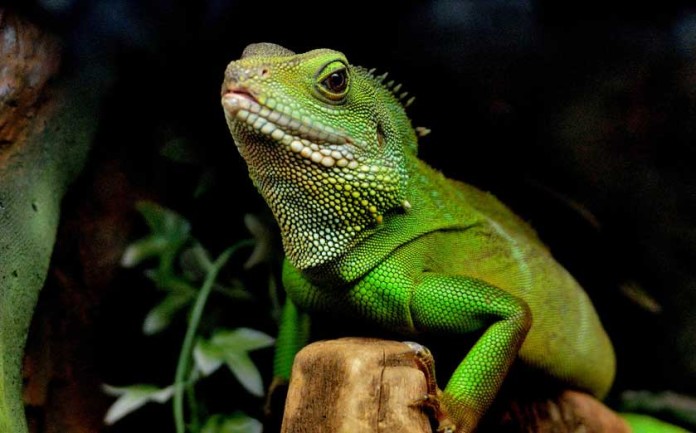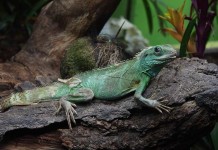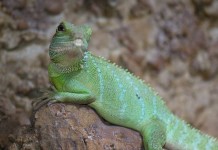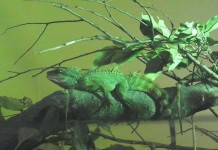If you have decided to breed your Chinese water dragons, you must ensure that your pets are mature and have a clean bill of health. Normally all dragons look female when they are young. You are able to differentiate between the male and female only when the dragon is approximately eighteen months. Every female dragon lays eggs after she is sexually mature, however the eggs are fertile only if there has been copulation with a male dragon.
If you have a female water dragon, it is important that you take good care of your pet once it is sexually mature. Female dragons have special requirements in adulthood. The process of egg development does have a significant effect on the health of your female dragon. You need to give your pet a healthy and nutritious diet to ensure that the eggs are not deficient in calcium.
Generally, female dragons can lay up to several clutches of eggs every year. If there is no suitable place for egg laying in the enclosure, the female dragon may hold the eggs for a long time and become egg bound. This can turn into a serious situation if not managed at the earliest stage.
You also need to give a good supply of calcium to your egg laying female dragon. Calcium is a crucial element to shell the eggs together. Normally gravid females (those carrying eggs) should be given a calcium supplement on a daily basis. It is also important that you maintain the light requirements in the pet’s enclosure. This is because Chinese water dragons need UVB light to absorb dietary calcium.
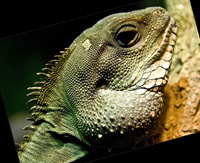 Male dragons can get aggressive during the mating season and even attempt to bite the female’s crest. During the process, it is likely that the female dragon gets stressed or injured. The male dragon normally grasps the female by the head and twists her body for copulation. This process can last from ten to twenty minutes.
Male dragons can get aggressive during the mating season and even attempt to bite the female’s crest. During the process, it is likely that the female dragon gets stressed or injured. The male dragon normally grasps the female by the head and twists her body for copulation. This process can last from ten to twenty minutes.
It is better that you keep the female and male dragons in a separate enclosure to encourage mating. If you see the male dragon get extremely aggressive or persistent, it is recommended that you move the female dragon to a different enclosure. This helps the female dragon recover from the stress and prevents deep injury to the head.

